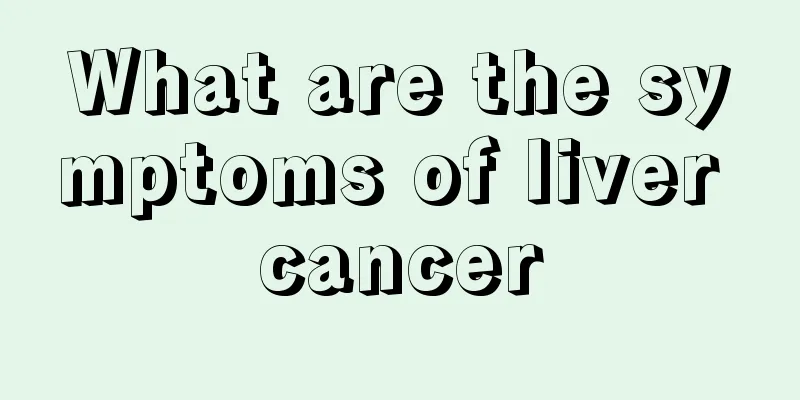What is the best food to lower cholesterol?

|
If the cholesterol level is too high, it may cause various cardiovascular and cerebrovascular diseases. Therefore, once it is found that cholesterol is higher than normal, it is necessary to actively control it through daily diet. For example, use edible oil instead of animal oil in cooking, eat more vegetables and fruits and less fish and meat, etc., arrange three meals a day reasonably, and develop good dining habits. So, what is the best way to lower cholesterol? We believe that patients can consider the following aspects: 1. Eat less or no foods with extremely high cholesterol content, such as animal offal and egg yolks, and control the cholesterol intake in your diet (less than 300 mg per day). 2. Eat less fatty meat and animal oil to reduce the intake of saturated fat. Saturated fat is widely found in meat, eggs, and dairy products, especially in fatty meat, animal oils, and offal. Saturated fat has the effect of increasing low-density lipoprotein cholesterol (LDL-C) in the blood, and its effectiveness is even greater than that of cholesterol itself. 3. Eat more vegetables, fruits, fungi and algae foods, such as konjac, fungus, kelp, wakame, onion, pumpkin, sweet potato, etc. These foods are rich in dietary fiber and help the excretion of cholesterol. 4. The monounsaturated fatty acids contained in olive oil, tea oil, corn oil and rapeseed oil have the effect of lowering low-density lipoprotein cholesterol (LDL-C). It can be consumed in daily diet together with vegetable oils such as soybean oil and peanut oil. 5. Fish oil and lecithin have the effect of lowering blood lipids, but their effect is mainly aimed at increased triglycerides, and their effect on lowering cholesterol is smaller (of course, it is still useful). 6. Although antioxidant ingredients such as vitamin C and vitamin E cannot directly reduce the cholesterol in the blood, they help reduce the harm of cholesterol to blood vessels. Diet to prevent high cholesterol 1. Start the day with whole grains Eating just one bowl of oatmeal porridge for breakfast every day for eight weeks can reduce the level of "bad" cholesterol in the blood by 10% and increase the level of "good" cholesterol. Oats are rich in soluble and insoluble fiber, which can prevent the absorption of cholesterol and fat in the gastrointestinal tract, thereby reducing blood fat and cholesterol. Whole grains include corn, brown rice, barley, and whole wheat flour. 2. Nuts that benefit the heart Want a small snack sometimes? Nuts are not only delicious, but they also help lower cholesterol. Nuts can lower "bad" cholesterol and leave "good cholesterol". Some studies show that people who eat about an ounce of nuts a day have a reduced risk of heart disease. Nuts are high in fat and calories, so just eat a small handful, and they should be sugar-free and chocolate-free. 3. Fruits and vegetables Five to nine servings of fruits and vegetables a day help lower "bad" cholesterol. These vegetables contain antioxidants, which are good for your health. And when we eat more fruits and vegetables, we eat less greasy foods. This all helps lower blood pressure and maintain a healthy weight. Adding plant sterols to foods such as bread, milk, and cooking oil can also help lower low-density lipoprotein. 4. Carbohydrates and fruits Two fists, that is, choosing starchy foods equivalent to the size of your two fists, such as steamed buns, flower rolls, rice, etc., can meet the daily carbohydrate needs. The daily amount of fruit required is equivalent to the size of a fist. 5. Eat more beans and less cakes People need carbohydrates for energy, but some foods are healthier than others. Whole grains such as brown rice, whole wheat pasta, and beans are rich in fiber, provide energy and help lower cholesterol. Other carbohydrates such as white bread, fried potatoes, white rice, and pastries quickly raise blood sugar but are not filling, which may cause people to overeat. Other ways to treat high cholesterol Thirty minutes of physical activity five days a week and 20 minutes of vigorous exercise three times a week, such as jogging, can help lower LDL and increase HDL. More exercise is definitely better. It can also help you stay in shape and reduce the risk of clogged arteries. If you don't have the full 30 minutes, you can finish it in three 10-minute segments. |
<<: Dietary considerations during the recovery period of Henoch-Schonlein purpura
>>: What to do if cholesterol is high, how to control it through diet
Recommend
Is scabies contagious
Many people do not know much about scabies, and d...
How does ovarian cancer metastasize
How does ovarian cancer metastasize? Ovarian canc...
Risk factors of osteosarcoma
What are the dangers of osteosarcoma? This is a q...
How to diagnose esophageal cancer when in doubt
How to diagnose esophageal cancer? Esophageal can...
How to clean a leather bed
Nowadays, there are many different types of beds ...
Symptoms of Yin deficiency and blood deficiency
In traditional Chinese medicine, there are many d...
Can babies use the Sanfu plaster?
Everyone knows the many benefits of Sanfutie, but...
Some important nursing tips after brain cancer surgery
After brain cancer surgery, the patient's bod...
My mother has laryngeal cancer, will it be inherited?
Laryngeal cancer, like other malignant tumors suc...
What's wrong with a jagged tongue?
If the tongue is serrated, the first thing to con...
How to remove stains from white leather shoes
White leather shoes are not resistant to dirt. Ev...
What are the dangers of having lung cancer? Beware of six dangers after being diagnosed with lung cancer
The nerves in the bronchus are quite sensitive. C...
Can I have acupuncture in early pregnancy?
Pregnancy is a very important thing for women and...
How to cure tooth decay
Most of the causes of tooth decay are caused by e...
What to do if you drink detergent water
Dishwashing liquid is a very useful kitchen clean...









